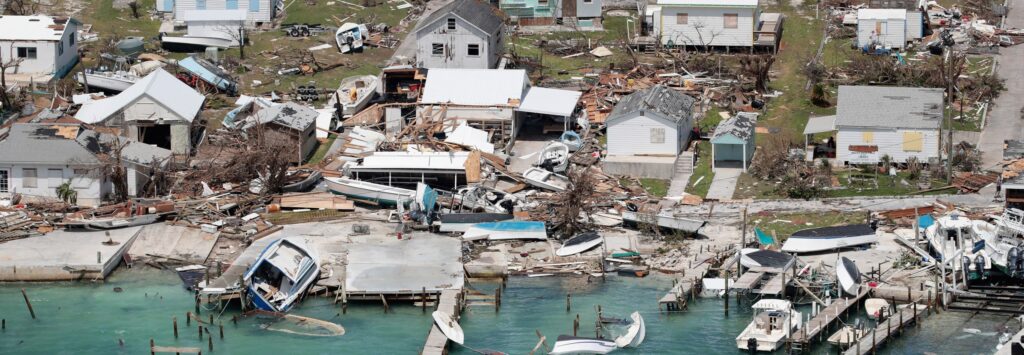
Navigating Post-Hurricane Recovery
July 25, 2024 by
jngijamaica
The aftermath of a hurricane presents homeowners and business operators with a challenging journey to recovery. Structural damage and the loss of belongings contribute to significant emotional distress and financial burden. For business operators, damaged property and disrupted operations often lead to major financial losses compounding the stress of restoring normalcy.

Dorothea Ziadie, Senior Manager, Technical Underwriting, JN General Insurance, points out that the first and most critical step in post-hurricane recovery is to carefully check for structural damage and safeguard the premises to prevent further damage.
“Secure the building to protect property and contents from theft or vandalism by reinforcing entry points. Prioritise making your property safe to occupy,” she advised.
“Salvage whatever you can. Items such as furniture and clothing may be restored with proper cleaning. Focus on replacing essential items first.”
Mrs Ziadie pointed out that individuals with insured property are in a significantly better position to recover quickly as insurance covers the costs of repairs and rebuilding efforts.
“Contact your insurance company as soon as possible after the hurricane to report the damage and begin the claims process. This financial support not only alleviates the immediate burden of unexpected expenses but also enables property owners to restore their homes and businesses to their pre-damage conditions more efficiently,” she explained.
“Document the damage and create a detailed list of damaged items to strengthen insurance claim. This evidence will help the insurance company to process their claim more efficiently and ensure they receive the compensation they are entitled to.”
The insurance expert advised that policyholders should photograph the exterior and interior of the building to capture the extent of the damage. The photographs should incorporate wide shots to show the overall context and close-ups to capture specific damage. Also, photographs are to be taken from multiple angles to provide a complete view of the damage which helps to avoid any disputes about the extent of the damage.
As it relates to recording videos, Mrs Ziadie further advised that video footage should be narrated to describe what is being shown and point out any significant damage.
“Videos can capture the scale and scope of damage more effectively than photos alone. If possible, provide photos or videos of the items before the hurricane to show their condition prior to the damage.”
Mrs Ziadie also recommended that persons create a list of all damaged items with detailed description of each item, including the quantity, brand, model, and serial numbers to aid in the identification and verification process.
“Note the original purchase price of each item. If you have receipts, warranty documents, or other proof of purchase, gather these for reference. Estimate the current value of each item. This helps in providing a realistic value for your claim,” she said.
She also suggested that items are categorised into groups such as electronics, furniture, clothing, etc. This organisation can simplify the claims process and make it easier for an insurance adjuster to assess. The severity of the damage for each item should also be indicated to help prioritise items for repair or replacement.
“The report of the damage along with the photographs, video footage receipts for temporary repairs should be submitted along with the completed claim forms to initiate the claims process. If your insurance company requests additional information or documentation, respond promptly to avoid delays.”
“It is important to note that an insurance adjuster will schedule a visit to your property to conduct independent assessments,” she added.
As the emotional toll of a hurricane can be significant during the recovery process, Mrs Ziadie also emphasised the importance of prioritising one’s mental health and wellbeing.
“Seek support. Talk to others about your experiences. Sharing your feelings and concerns can help alleviate stress. Consider professional counselling if you are struggling with anxiety or depression. Also, establish a sense of normalcy through daily routines which can provide stability during the recovery process. If you are able, volunteer to assist other affected persons which can encourage a sense connection,” Mrs Ziadie maintained.

